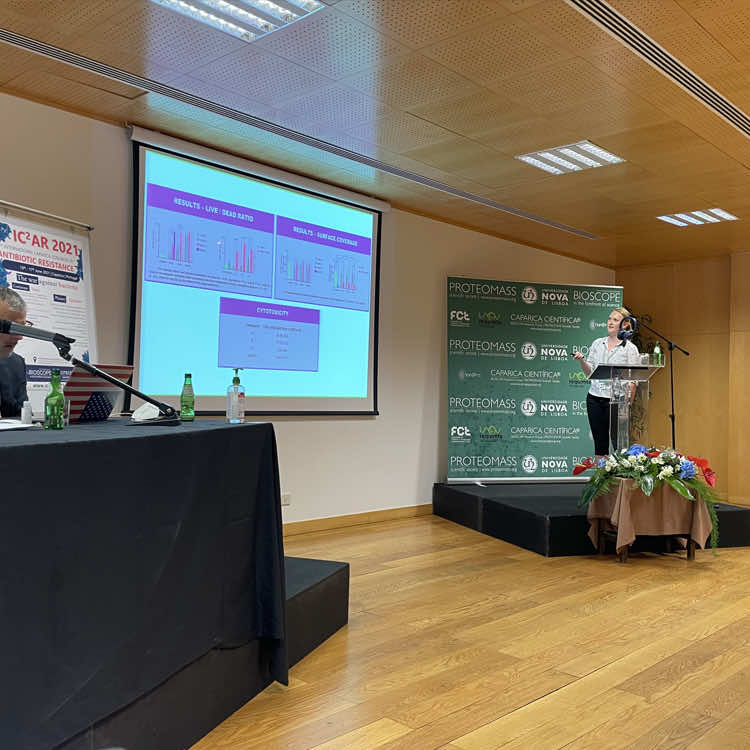All Textile Design
Textile designers spend much of their workday thinking about how fabrics look and feel. Their work literally touches thousands of people on a daily basis.People enter the world of textile design from various fields: fashion, graphic design, interior decorating, and others. The benefit of earning a degree specifically in textile design is that you'll be walked through each stage of the process. A finished product starts as an idea, evolves into a paper (or, increasingly, digital) design, is adapted for efficient manufacture, evaluated for cost and market appeal, and finally produced, sold, and used in any of various applications.To enable an understanding of what goes on in all these steps, a degree in textile design covers areas like color theory, basic accounting and management, design theory, fashion design, tailoring, illustration, industrial and traditional production methods, marketing, and the use of various digital tools. Usually and depending on the student's own subject choices, a good balance is struck between creative and technical skills.Ideally, the university you choose will have a good relationship with the local garment and fashion industry (note that fabric design also includes sectors like upholstery and carpeting). The ability to apply for local internships and visit trade fairs is worth its weight in gold, or at least fine silk, when it comes to getting started in a career like this. Italy and France are the main centers of the European textile industry, especially for high-end fabrics. Universities in both countries offer textile design courses in English, as well as job opportunities after graduation.






